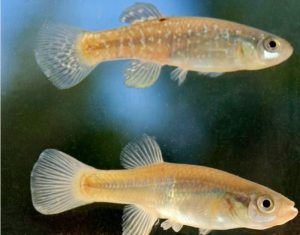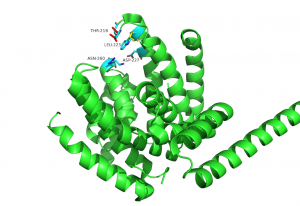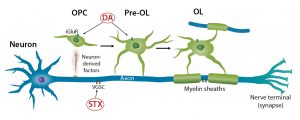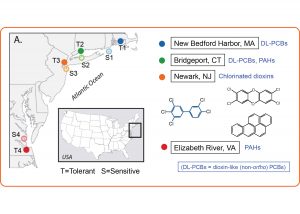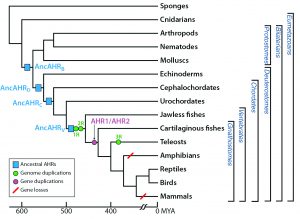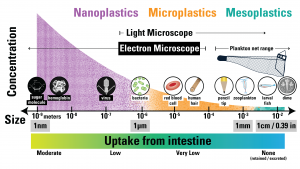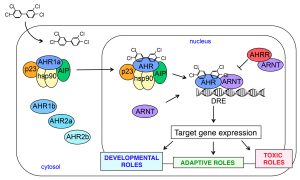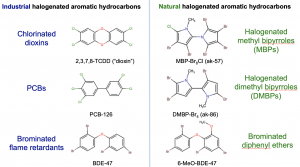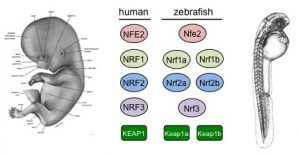Projects
Gene-Environment Interactions in Congenital Heart Disease
We are using the Atlantic killifish population-based model system to elucidate the interaction of genetic variation and environmental exposures in the etiology of congenital heart disease.
We are investigating the role of AIP and its sequence variants in controlling sensitivity to chemicals that act through the AHR. This project includes complementary studies involving zebrafish in vivo and human cells in vitro.
Oceans and Human Health:
Harmful Algal Bloom (HAB) Toxins
In this project we are investigating the neurodevelopmental toxicity of harmful algal bloom toxins such as domoic acid (DA) and saxitoxin (STX).
Adaptation to Pollutants:
PCB-Resistant Fish
The goal of this research is to understand the genetic mechanisms of evolved resistance to toxic chemicals in fish living in highly contaminated sites.
Evolution of aryl hydrocarbon receptor (AHR) ligand specificity
We are investigating the evolutionary trajectory and genetic and structural mechanisms underlying the evolution of AHR ligand-specificity. We are using ancestral sequence reconstruction (ASR) to “resurrect” ancestral AHR proteins and then determine their ligand-binding properties.
Marine Microplastics and Nanoplastics
Several projects address the fate and impacts of microplastics and nanoplastics in the marine environment.
Aryl Hydrocarbon Receptor Biology
We are studying the evolution of AHR, a protein involved in the mechanism of toxicity of a variety of synthetic and natural compounds.
Marine Natural Products
We are investigating the biological activity, including possible toxicity, of halogenated marine natural products.
Mechanisms of Embryo Response to Oxidative Stress
The goal of this research is to to elucidate the mechanisms by which vertebrate embryos respond to oxidative stress during development. We use zebrafish as a model system.
